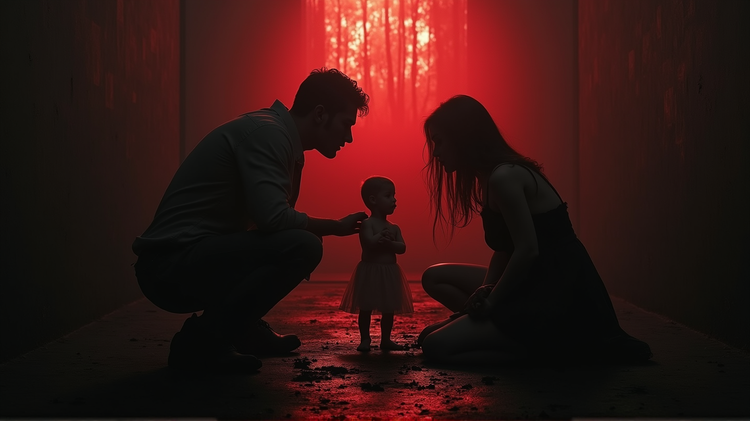"Navigating the Complexities of Past and Present Relationships in the Digital Age"

In a world where social media has blurred the boundaries between past and present, a young woman finds herself grappling with the complexities of her partner's ongoing digital connection to his ex-wife. Their story, a blend of personal struggle and contemporary societal norms, offers a unique window into the nuances of modern relationships.
The couple, living together for 10 months, is confronted with the shadows of a past marriage – a five-year relationship followed by a two-year marriage, ended due to alleged infidelity. The man’s ongoing interaction with his ex-wife through social media, liking all her pictures and frequently sharing videos and jokes, raises questions and insecurities in his current relationship.
The woman, narrating her experience, expresses her discomfort with this continued interaction. Her partner’s reluctance to post pictures of them together initially, attributed to not wanting to upset his ex-wife, further complicates her feelings. When he finally does share their pictures, it's met with a mixed reaction, revealing the delicate balance of moving on while maintaining a digital footprint of the past.
This scenario highlights a broader societal question: what is the appropriate etiquette for interacting with ex-partners in the age of social media? The man’s justification for keeping his ex-wife in his social network – a shared history, a cat they once adopted together, potential professional networking benefits, and a desire to maintain a cordial relationship – paints a picture of the multifaceted reasons why people stay connected to their past.
Yet, the woman's unease is palpable. She struggles to understand the need for her partner to stay digitally connected to his ex-wife, questioning the necessity of liking her photos or sending her humorous content. She suggests alternatives like occasional check-ins about their shared cat or removing her from his social circle altogether, reflecting the tension between past attachments and present commitments.
In a poignant reflection of their relationship dynamics, the man occasionally reminisces about the fun times with his ex-wife, further fueling the woman's concerns. This admission, coupled with the ongoing social media interactions, underscores the challenges couples face in navigating ex-relationships in a digital context, where the past is not just a memory but an active, visible part of everyday life.
The story culminates in a broader reflection on the norms of relationship boundaries in the digital era. It probes the questions: Is it normal to maintain such connections with ex-partners? Are the woman's concerns a sign of overthinking, or a valid response to a situation that challenges traditional notions of relationship boundaries? This narrative is not just their story but echoes the dilemmas faced by many in an age where social media keeps us perpetually connected, for better or worse.




